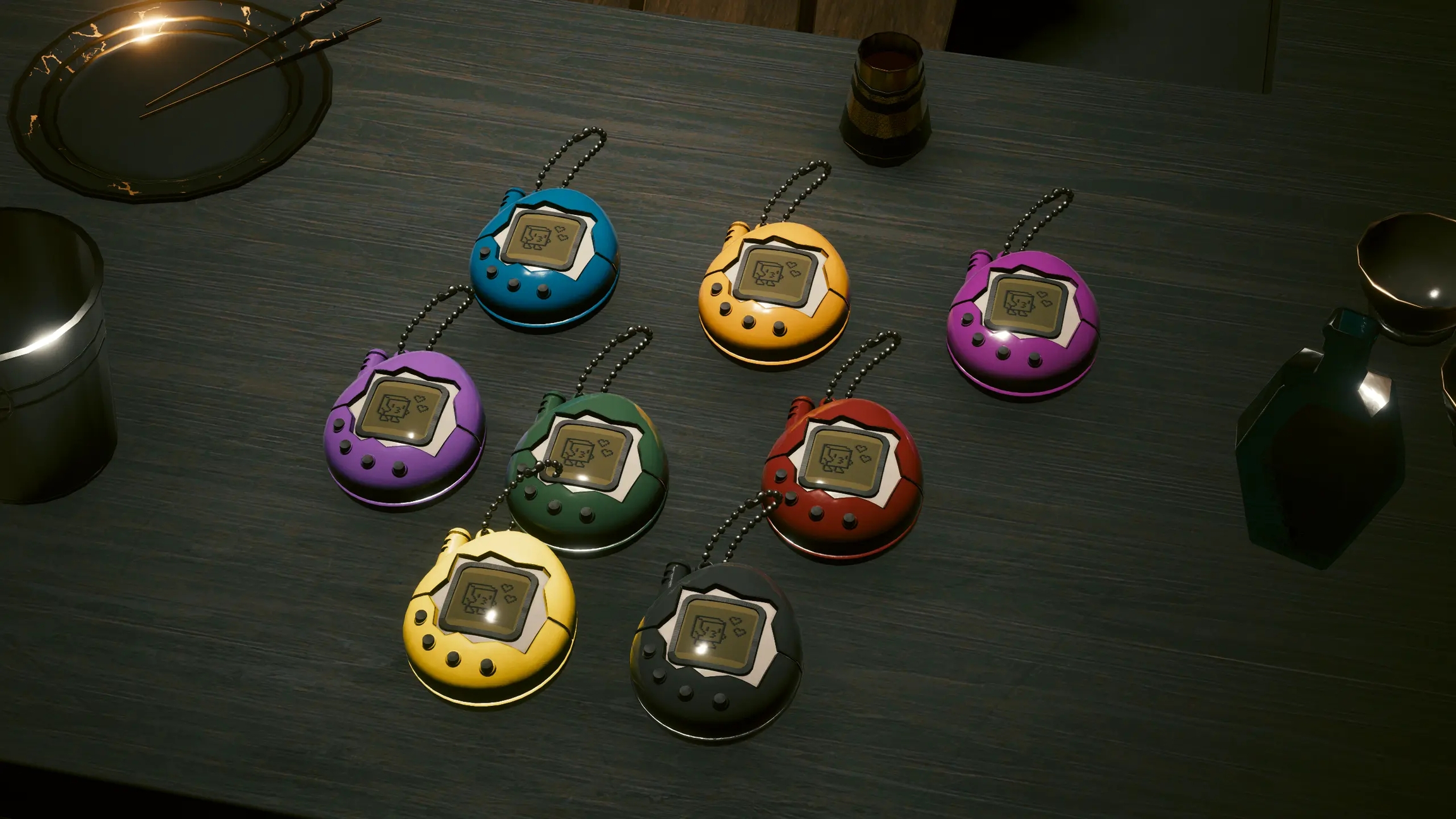Re-using materials: .mi
Material Instances and external materials
Summary
Published: Apr 5 2023 by mana vortex Last documented update: Aug 12 2025 by mana vortex
This guide will teach you how you can use .mi files to re-use materials across multiple meshes. By combining this with ArchiveXL: dynamic materials, this mechanic allows maximum flexibility.
Wait, this is not what I want!
To learn how materials work in the first place, check https://github.com/CDPR-Modding-Documentation/Cyberpunk-Modding-Docs/blob/main/for-mod-creators-theory/files-and-what-they-do/file-formats/3d-objects-.mesh-files -> https://github.com/CDPR-Modding-Documentation/Cyberpunk-Modding-Docs/blob/main/for-mod-creators-theory/files-and-what-they-do/file-formats/3d-objects-.mesh-files#material-assignment
You can find Material properties documented in their own wiki section
For examples of
.mifiles in action, check the player's skin materials
What is a material instance?
A .mi file encapsulates a material in a reusable template file, which you can use a .mi file as base material in https://github.com/CDPR-Modding-Documentation/Cyberpunk-Modding-Docs/blob/main/for-mod-creators-theory/files-and-what-they-do/file-formats/3d-objects-.mesh-files#material-instances.
It is possible to use multiple .mi files in a row. For an example of this, check the player's skin materials.
For more information of this, you can look at Shaders -> The Daisy Chain
Why do I need this?
Put yourself in the shoes of a hypothetical modder.
You are creating a mod that offers multiple versions of the same item (e.g. toy props or hair)
You have created a base material
You duplicate and re-duplicate the material for each of your variants, changing the properties that defines the colour
You wish that there was less copy-pasting involved

.mi files to the rescue
Take any of them from the game, move them to your custom directory, and group all the properties that you keep copy-pasting into the .mi.
Then, in your material, you can now use your .mi file as baseMaterial, and only change the properties that are actually different!
For a collection of example .mi files, check manavortex's MEGA.
Instead of copy-pasting six properties, you now copy-paste only two.

The Daisy Chain illustrated
Look at this example of two chained .mi files:

Step 1: _emissive_base.mi
This file is an external material instance of metal_base.remt. Any Material properties that are not defined will take the default values from the shader template.
No
BaseColorattribute is defined - the default value isengine\textures\editor\grey.xbmEmissiveEV > 0makes the material glowA white texture as the
Emissivemask means that all of the material glowsA white
BaseColorScalemakes the glow's color white
TL;DR: Anything using this material will look like a white neon tube.
Step 2: emissive_blue.mi
This file is an external material instance of _emissive_base.mi. Any properties that are not defined will use the defautl values from the .mi file.
No
EmissiveEVis defined, so it will use the baseMaterial's value of4.31680632No
Emissivemask is defined, so it will takeengine\textures\editor\white.xbmfrom the.miA blue
BaseColorScaleoverwrites the white glow from the .mi file, changing the glow colour
TL;DR: Anything using this material will look like a blue neon tube.
In other words, this is how emissive_blue.mi actually looks:

Making material templates
Let's take it another step further – we can make a bunch of different colours to re-use across your files. An example for this are hair files, or the plastic materials I've used in my toy prop pack.

For this, I first created a plastic_base.mi with all the common properties, and then created one additional .mi file for each shade of plastic, setting plastic_base.mi as baseMaterial, leaving me with the following folder structure:
If I decide that my plastic is too shiny, I can edit _plastic_base.mi instead of touching every template individually. Pretty neat, isn't it?
And if one of my items happens to have a custom normal map and/or texture, then I just add them in the values array of my material and call it a day.
Maximally lazy: external materials
But we can take this approach even further! If you don't have any properties, your mesh doesn't even need materials! You can simply use the externalMaterials list instead. You do this by unticking the isLocal property in the materialEntries definition:

Warning
You can of course mix and match local and external materials! Just make sure that the materialEntries indices are pointing at the correct material.
However:
If you are using preloadLocalMaterials, you need to use preloadExternalMaterials instead of externalMaterials.
Last updated